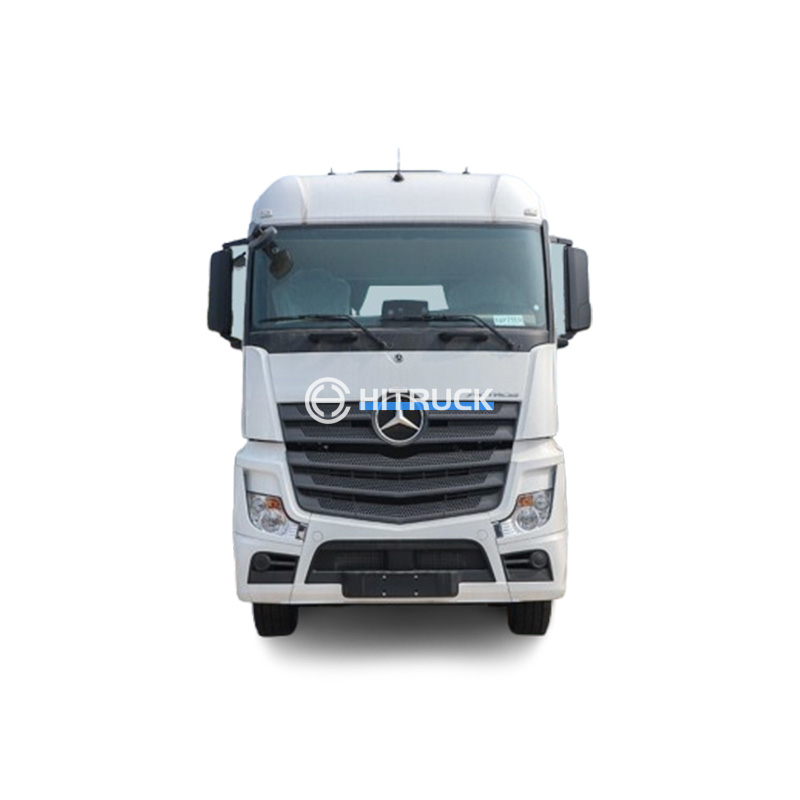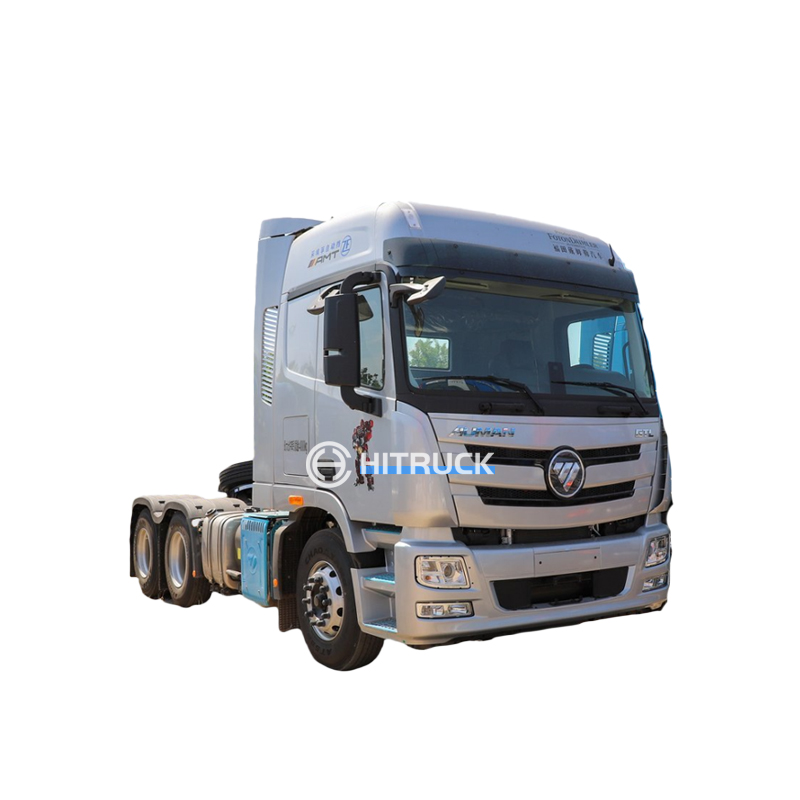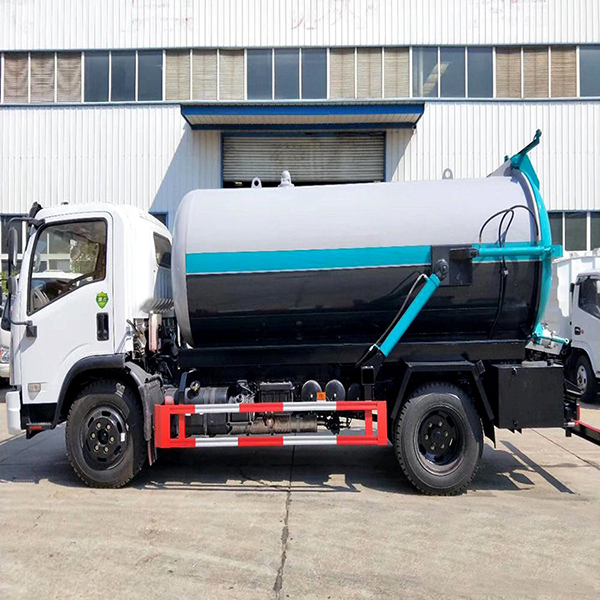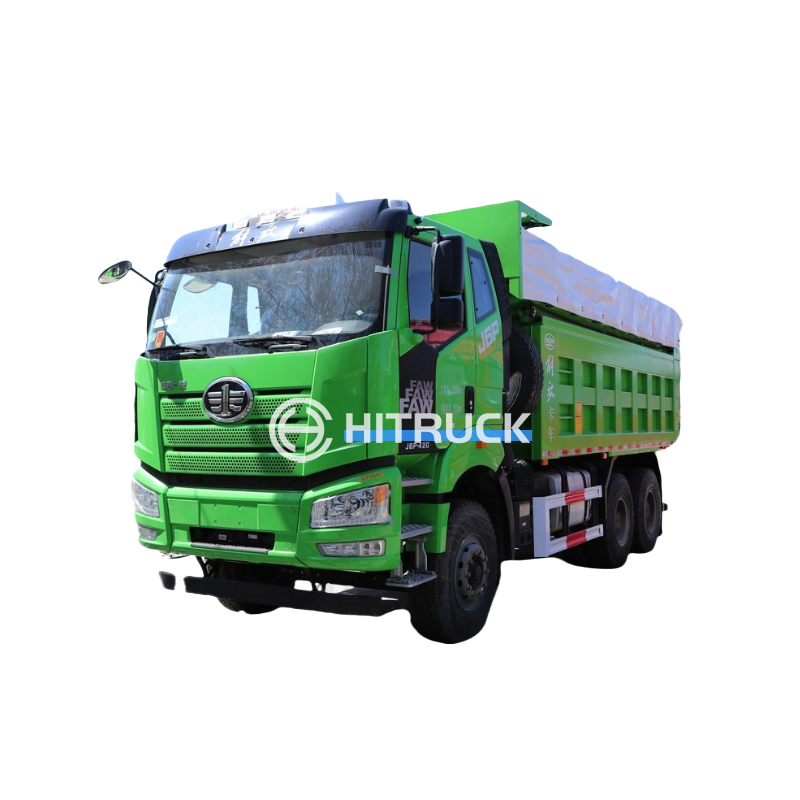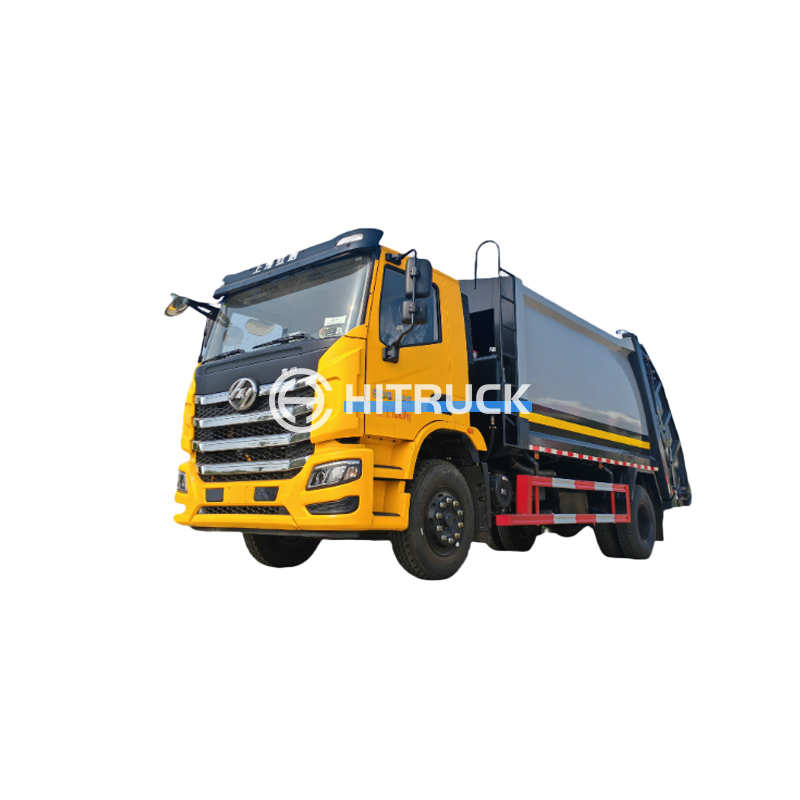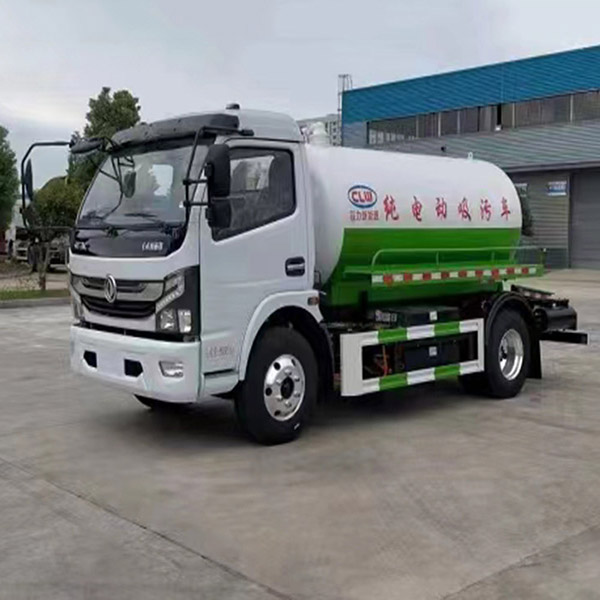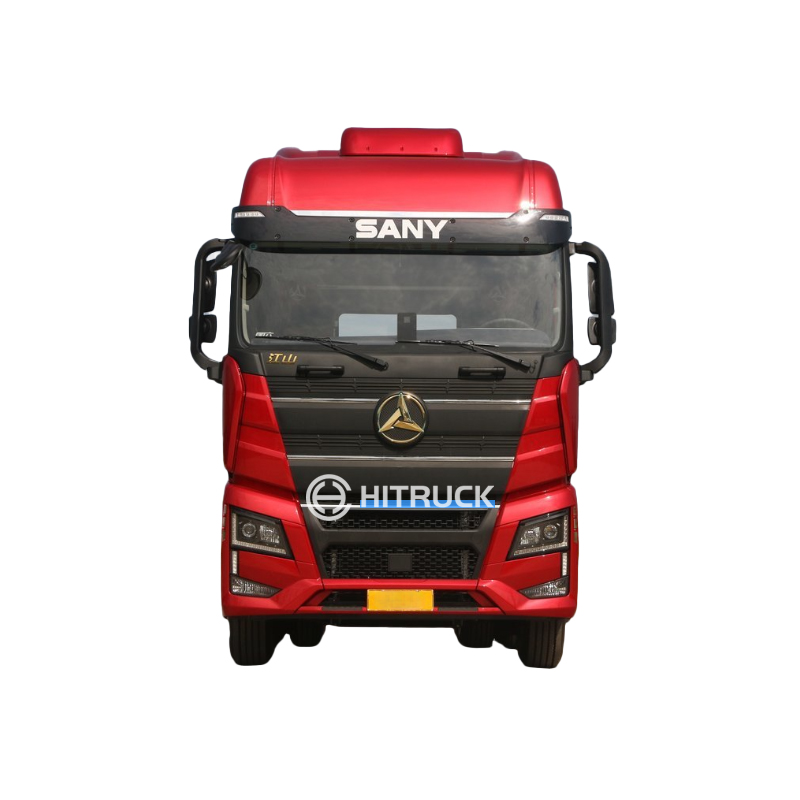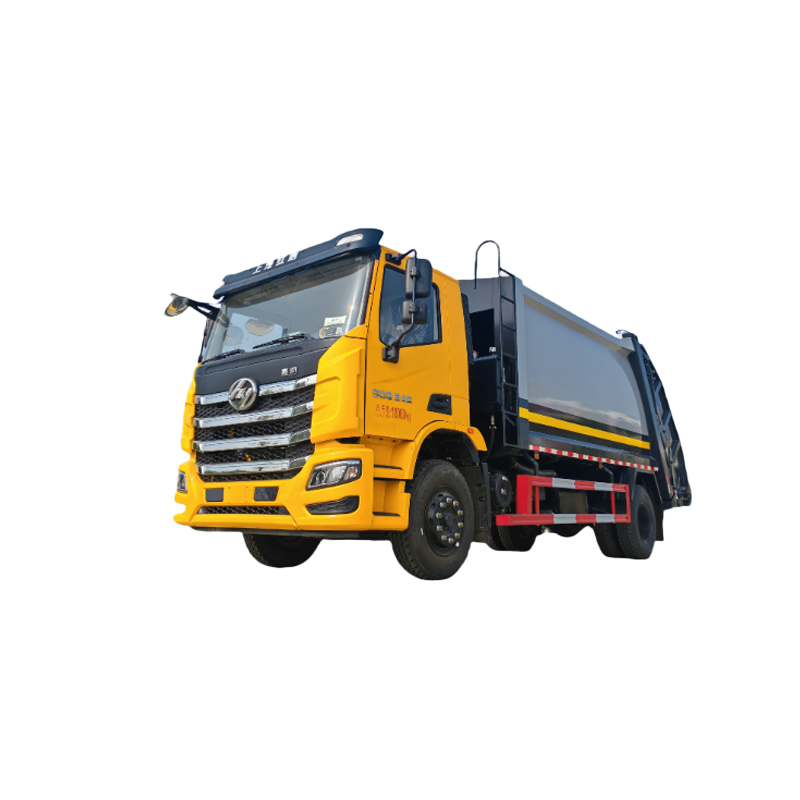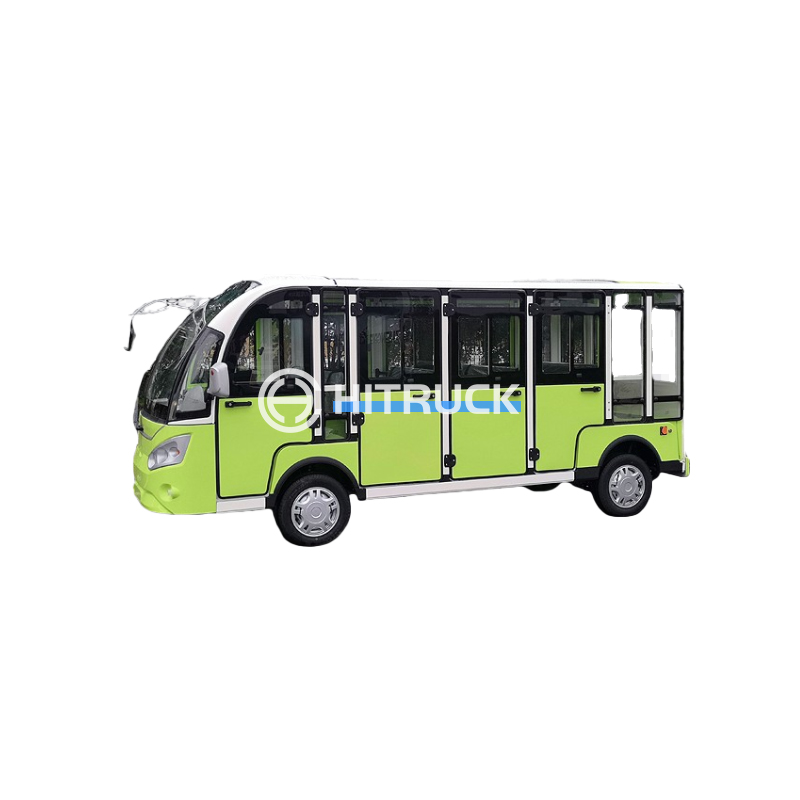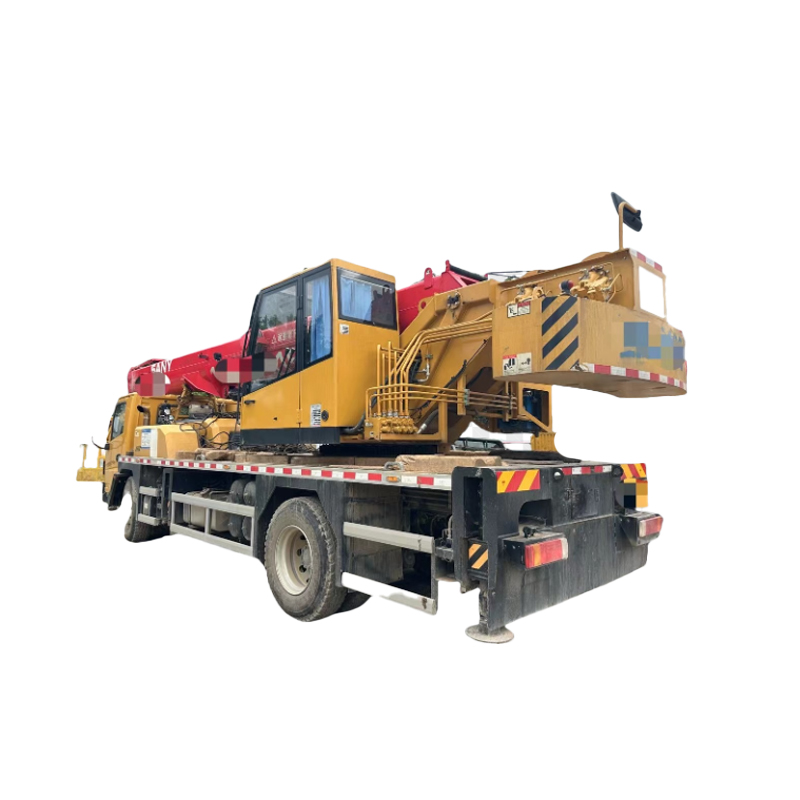High Tower Cranes: A Comprehensive GuideA detailed guide to high tower cranes, covering their types, applications, safety, and maintenance. Learn about the different components, choosing the right crane, and ensuring safe operation. Explore various models and understand their specifications.
High tower cranes are essential pieces of equipment in large-scale construction projects. Their ability to lift heavy loads to significant heights makes them indispensable for erecting skyscrapers, bridges, and other towering structures. This guide delves into the world of high tower cranes, providing a comprehensive overview of their types, applications, safety considerations, and maintenance requirements. Whether you're a construction professional, a student, or simply curious about these impressive machines, this resource aims to provide a clear and informative understanding.
Hammerhead cranes are characterized by their distinctive horizontal jib (boom) with a counterweight at the rear. They're known for their high lifting capacity and reach, making them ideal for large construction sites. The jib can rotate 360 degrees, offering great flexibility. Many leading manufacturers, including Liebherr and Terex, offer a wide range of hammerhead high tower cranes.
Top-slewing cranes rotate on a top-mounted slewing ring, providing a compact design suitable for confined spaces. Their slewing mechanism is located at the top of the tower, contributing to the crane's overall stability and efficiency. They are commonly used in urban construction projects where space is limited.
Climbing cranes, also known as self-climbing cranes, are designed to ascend the structure as it's built. This eliminates the need for frequent dismantling and reassembly, saving time and resources. This innovative design is particularly beneficial for high-rise buildings.
Flat-top cranes are recognized by their compact design and relatively small footprint. This makes them suitable for projects with space constraints. The lack of a counter jib creates a smaller footprint but may reduce the overall lifting capacity.
Selecting the appropriate high tower crane depends on several factors: the project's specific requirements, the height and reach needed, lifting capacity, and the site's layout. Careful consideration of these factors is crucial for ensuring efficient and safe operation. Consulting with a crane specialist or rental company like those found on sites such as Hitruckmall can be invaluable.
Safety is paramount when operating high tower cranes. Regular inspections, operator training, and adherence to stringent safety protocols are essential to prevent accidents. Proper maintenance, including lubrication, inspections, and timely repairs, is crucial for ensuring the crane's longevity and reliable performance. Detailed maintenance schedules should be developed and rigorously followed.
Understanding the various components of a high tower crane is crucial for safe and efficient operation. These include the tower structure, jib, hoisting mechanism, slewing mechanism, and control system. Each part plays a vital role in the crane's overall functionality.
Different models of high tower cranes offer varying specifications, including lifting capacity, maximum reach, and hook height. These specifications are crucial for selecting the right crane for a particular project. Detailed specifications are typically available from crane manufacturers' websites.
| Crane Model | Lifting Capacity (tons) | Maximum Reach (m) |
|---|---|---|
| Liebherr 150 EC-B 8 | 16 | 50 |
| Terex CTL 310 | 10 | 45 |
| Potain MDT 218 | 18 | 60 |
Note: These are example specifications and may vary depending on the crane's configuration. Always refer to the manufacturer's specifications for accurate data.
This guide provides a general overview. Always consult with qualified professionals for specific advice on selecting, operating, and maintaining high tower cranes. Safety should always be the top priority.


